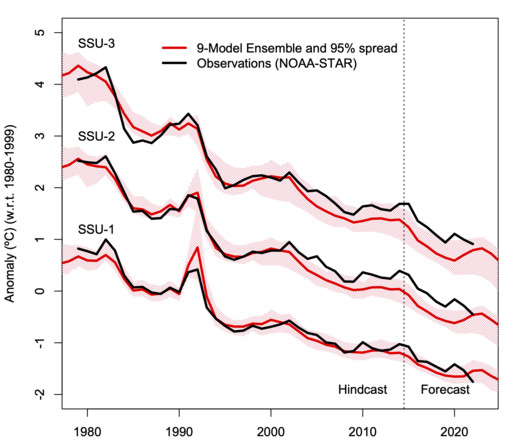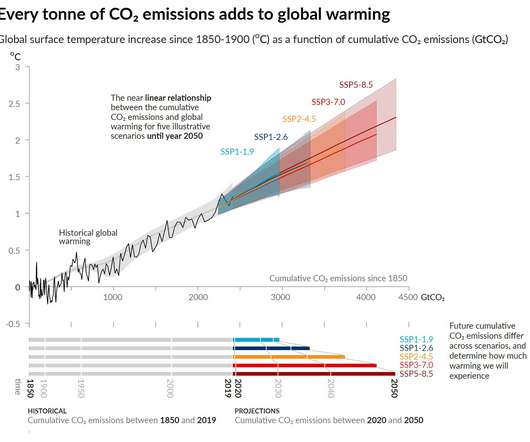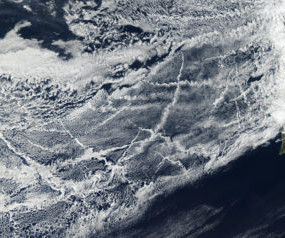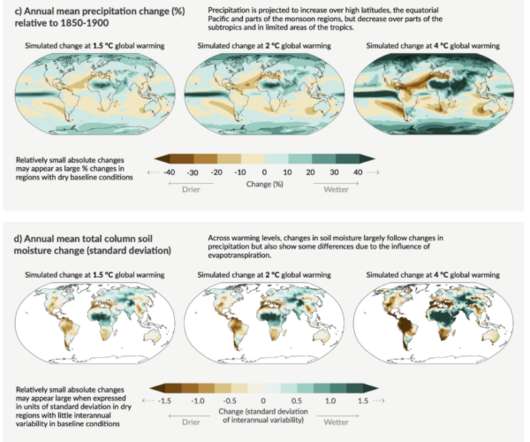CMIP6: Not-so-sudden stratospheric cooling
Real Climate
MAY 21, 2023
As predicted in 1967 by Manabe and Wetherald , the stratosphere has been cooling. The dominant factors are changes in CO2 (a cooling), ozone depletion (a cooling), warming from big volcanoes, and oscillations related to the solar cycle. Thompson et al. We are using the NOAA-STAR version 3.0 of these products (Zou et al.,













Let's personalize your content